This article of mine continues to come to a religious establishment as well as tourist attractions in Da Lat city of Vietnam. Not the Roman Catholic churches I often write about, this time Buddhism, one of the two largest religions in this country. Although the French had found and built a modern resort city for the French in Indochina during the colonial period, along with their religion, Christianity was preached to the natives and new settlers. Buddhism followed the late settlers and developed slowly and surely, and soon boomed with a similar Confucian background in the past assimilated and colonized by China. The most famous and largest pagoda here that I would like to recommend is Truc Lam Zen Monastery sitting on the slopes of Phung Hoang mountain, overlooking the largest and most beautiful natural freshwater lake of Da Lat, Tuyen Lam lake.
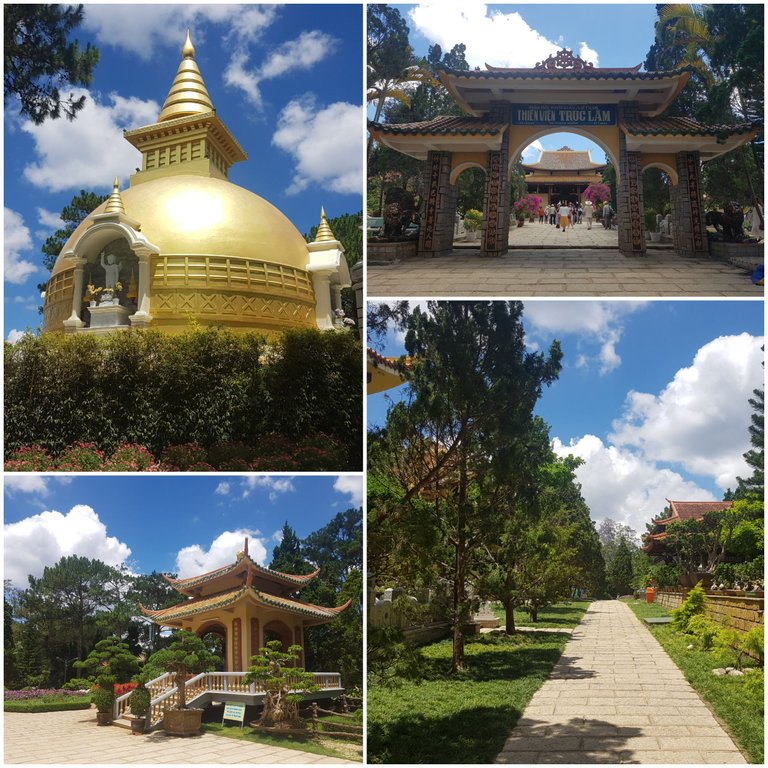
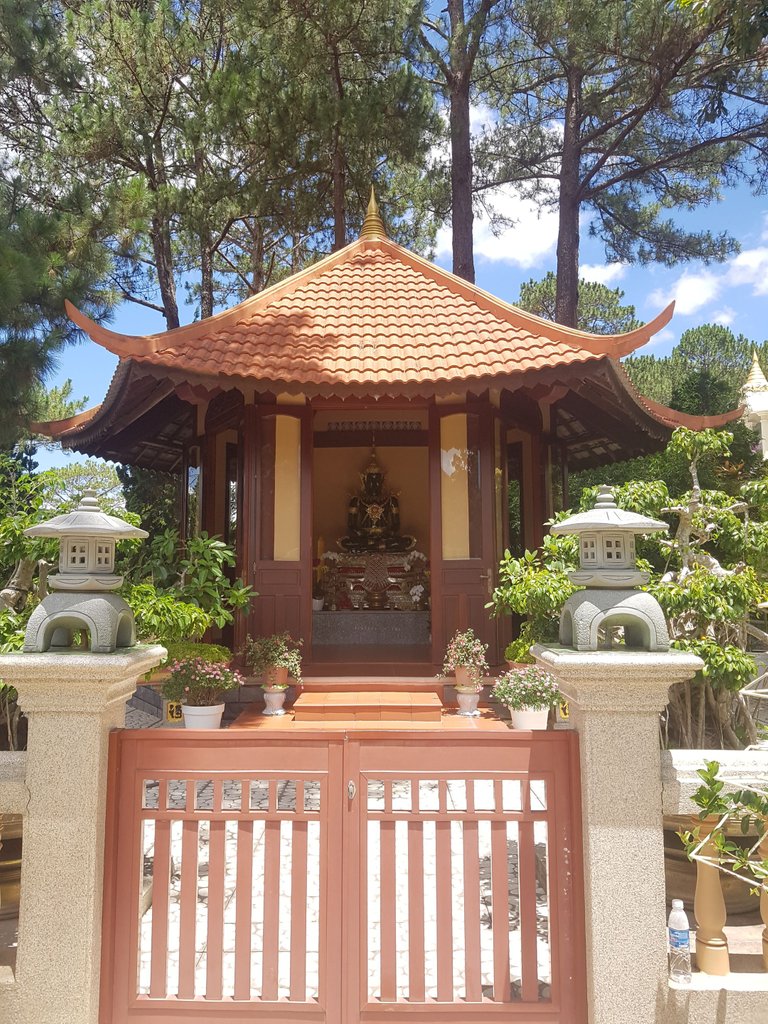
The location is like a fairy scene, leaning against the mountain with immense pine and bamboo forests, with a green lake at the foot of the mountain, cool and pleasant air conditioning for sightseeing. It also connects to the only overhead sightseeing cable car system in this city. Therefore, it is also located on the convenient tourist axis of the ecological forest system of Tuyen Lam lake, in addition to the forms of transportation by road, visitors can choose the cable car route from Robin Hill to Truc Lam Zen Monastery, ticket: 100,000 VND/person (4 USD). The pagoda belongs to Truc Lam Yen Tu sect, located 5km from the city center. In addition to being a place of prayer, worship, sightseeing, and tourism, this place is also a place of practice for those who volunteer to study the famous Dharma and meditate.
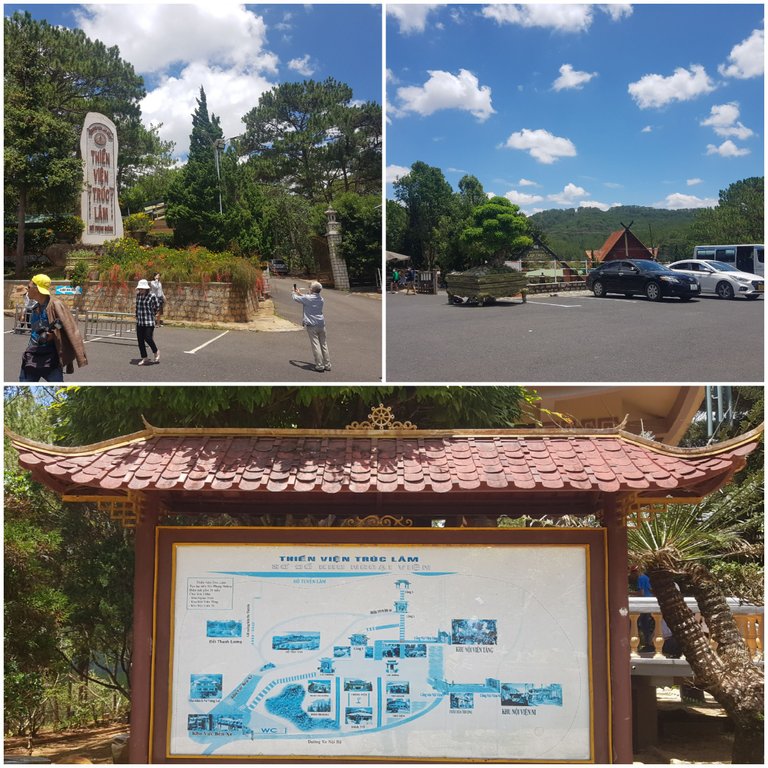
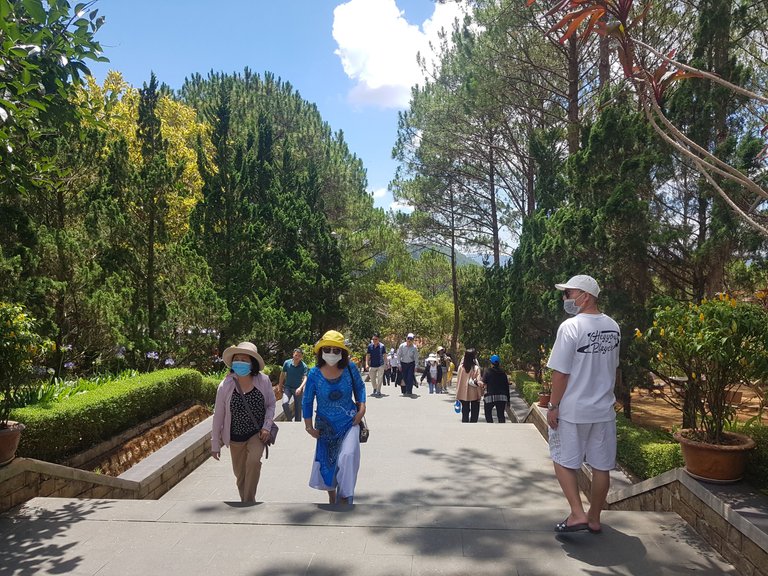
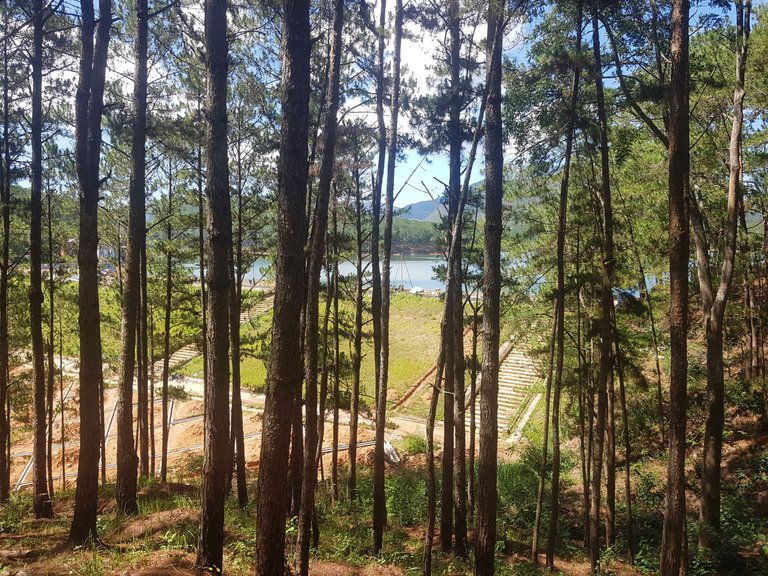
From the entrance gate, there will be three paths leading up, around the campus and the religious buildings of the pagoda. The main gate will lead to the main hall, living room, nun's interior area through more than a hundred steps, because it is the largest and most beautiful road (paved with stone), so the number of people is quite crowded. It's funny how it should have been a bit quieter on a grounds for retreat and meditation (despite signs that restrict loud voices). The campus here is quite large with many small flower beds and green trees. A three-way gate leads to the main hall, it says that this pagoda was built in 1994. It has a simple architecture, a bit like the main hall behind, engraved with two Chinese sentences and a Vietnamese translation. tune. Accompanied by two guards at the door are two bronze colored lions guarding.

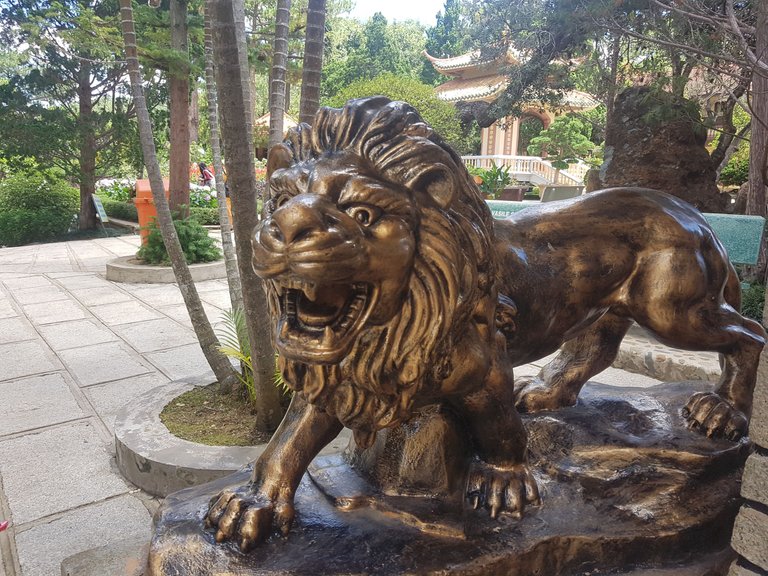
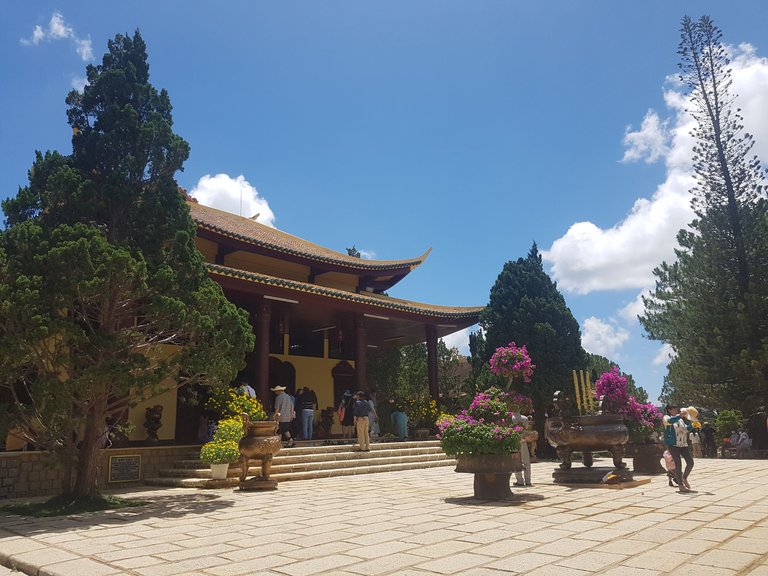
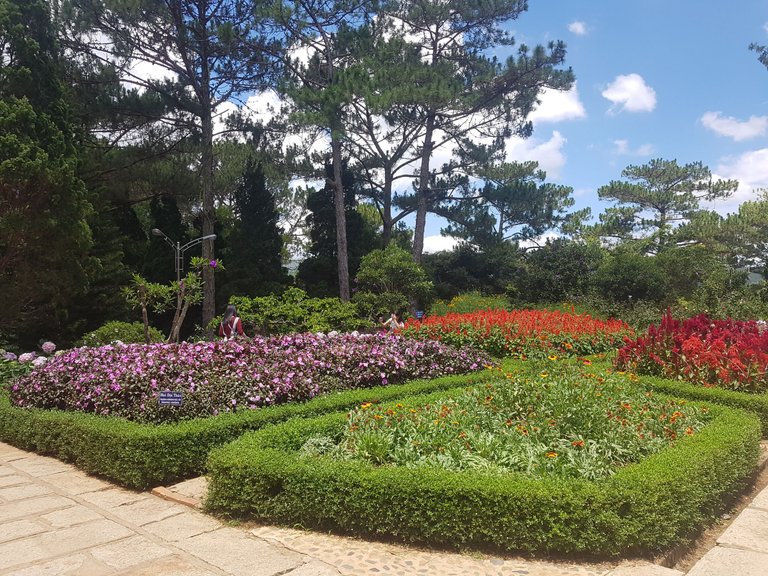
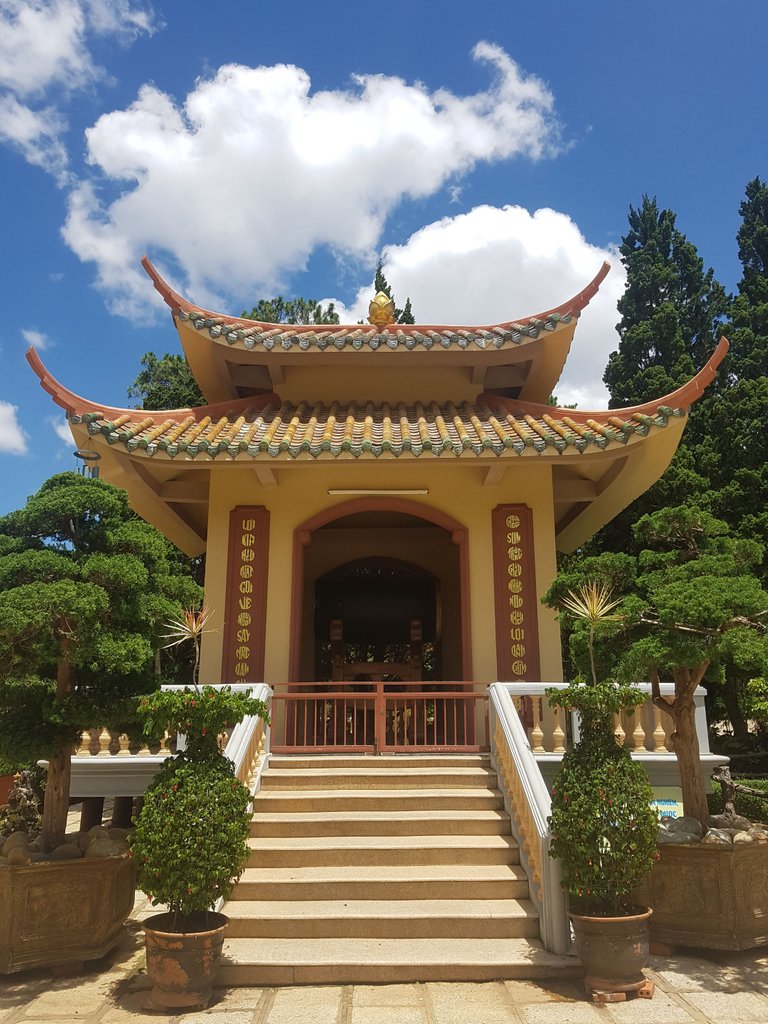
The main hall made me a little surprised, usually large temples will have complex architecture, delicate lines, delicate winding details, colorful decorations. However it is surprisingly simple, from the roof forming curved lines upwards and rough smooth, a rudder as a right guide in the teachings. The pillars and red tile are not too cumbersome, smooth and uniform in color, still able to make it have a delicate charm. Everyone must take off their shoes outside if they want to go inside. I am rather shy to take off my shoes and am not Buddhist and have a firm grasp of their rituals but I did find two corridors on the side of the main hall with open windows to enjoy the golden statues and mosaics when viewed from the side. outside. It made me curious and came closer to get a better look.
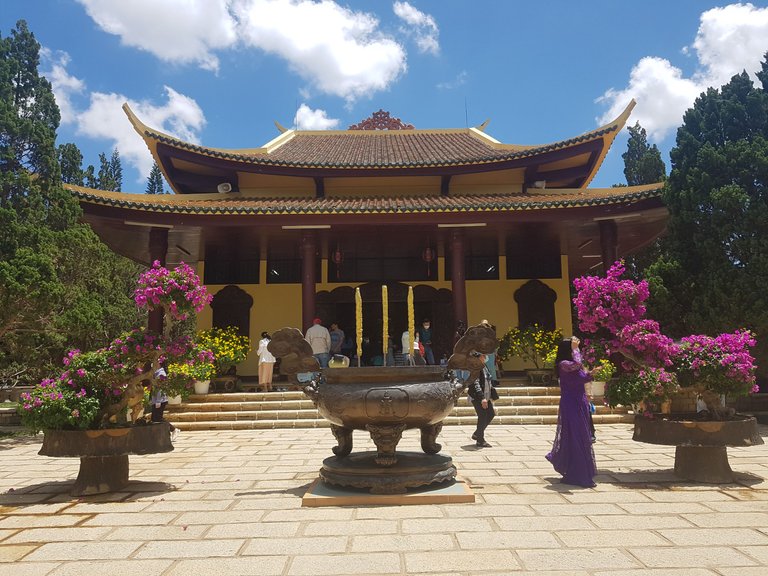
The whole main hall is made mostly of wood, from pillars, decorations, and altars. In the middle is a shiny golden statue of Shakyamuni Buddha about 2m high, placed on a high altar, holding a lotus flower in his right hand, a flower symbolizing Buddhism. On the four sides of the wall are exquisite and beautiful bronze reliefs. Especially here, it is not allowed for pilgrims to burn incense and smoke used to pray. Here only for sincere prayer. Even behind the main hall is carved a large bas-relief, but I don't quite understand who is in that picture, and what he is showing.

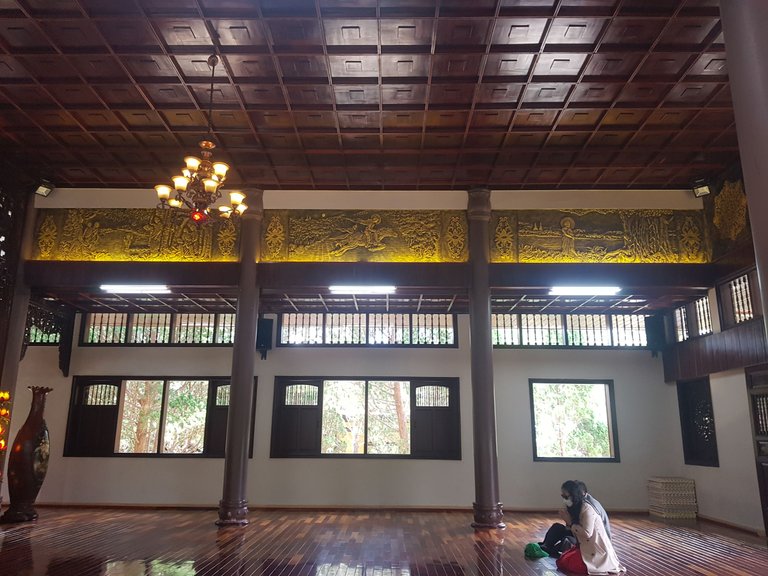
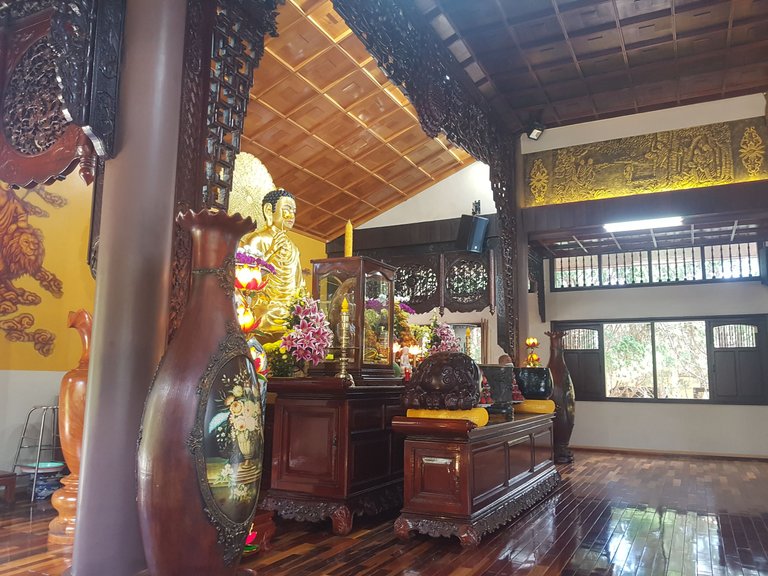
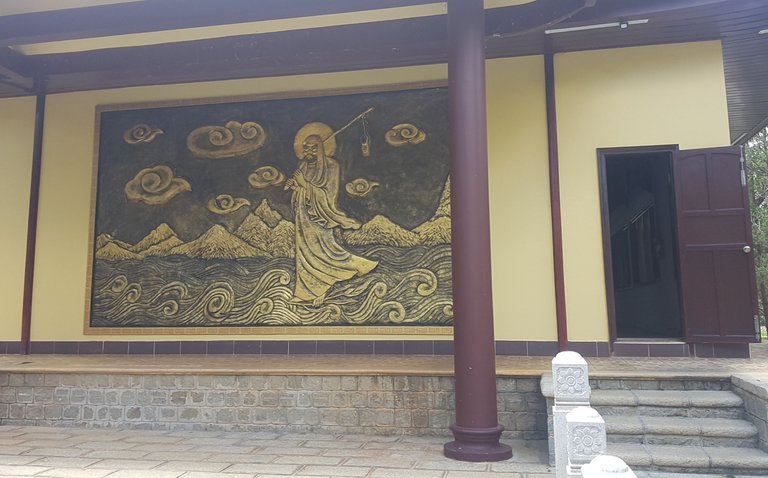
Behind and around are other work items, which are the reception house, the library, and the worshiping area. There is a building with a rather unique yellow pointed dome, which is brilliant in the sunlight. It reminds me of some temples in Thailand.
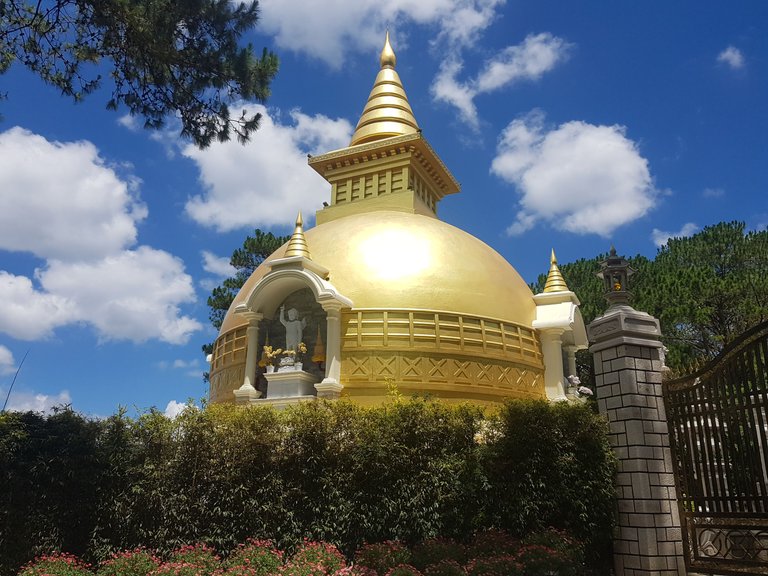
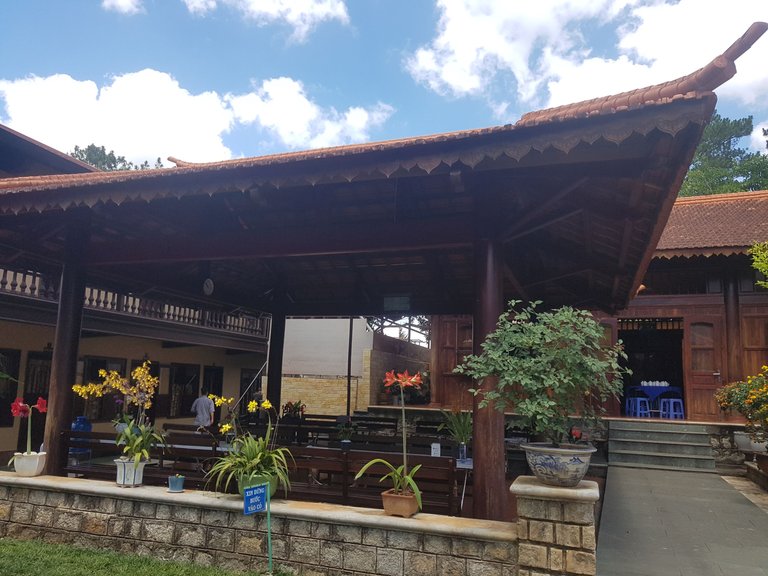
Walking along the clean stone corridors and beautifully curving bonsai pots contribute to the sightseeing experience and admire the very interesting architecture, landscape, and worship beliefs of the devotees. . Rest assured that the temperature here is very cool despite the hot sun thanks to the good location and miniature gardens around the temple.
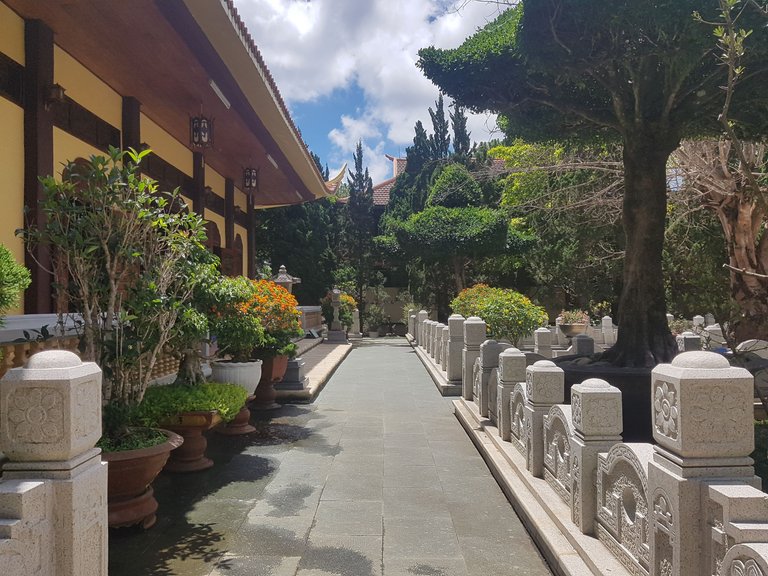

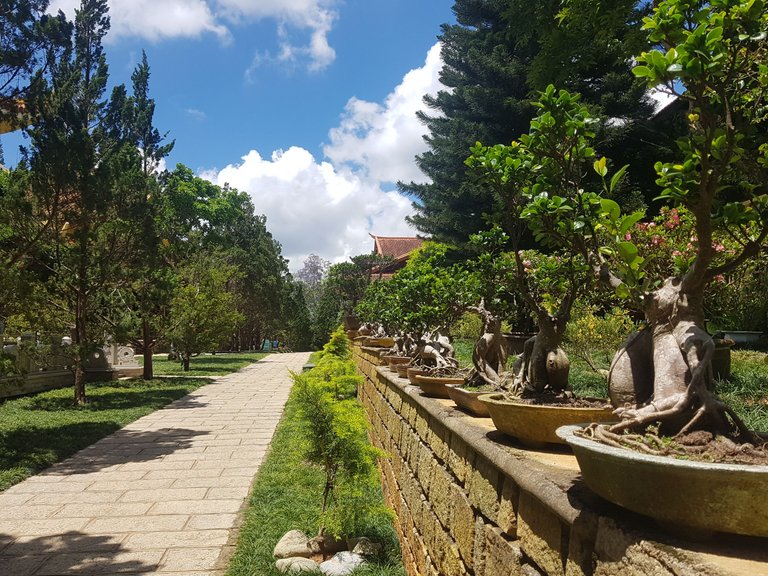

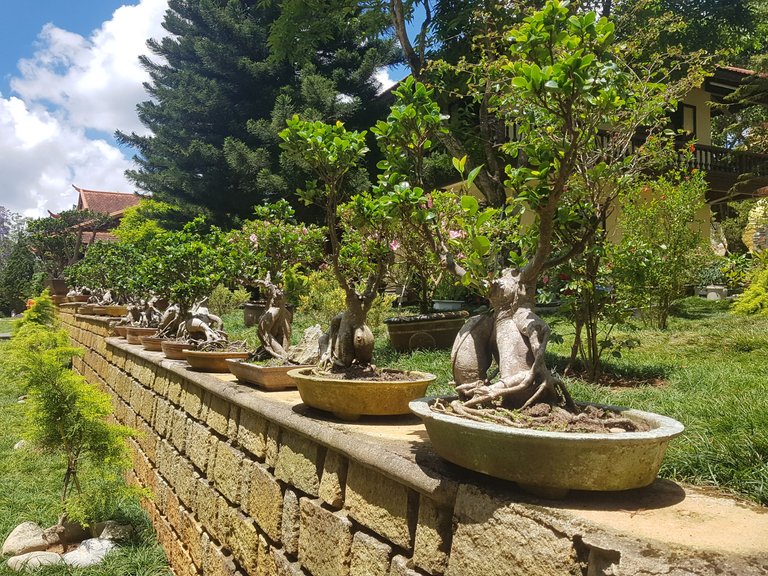
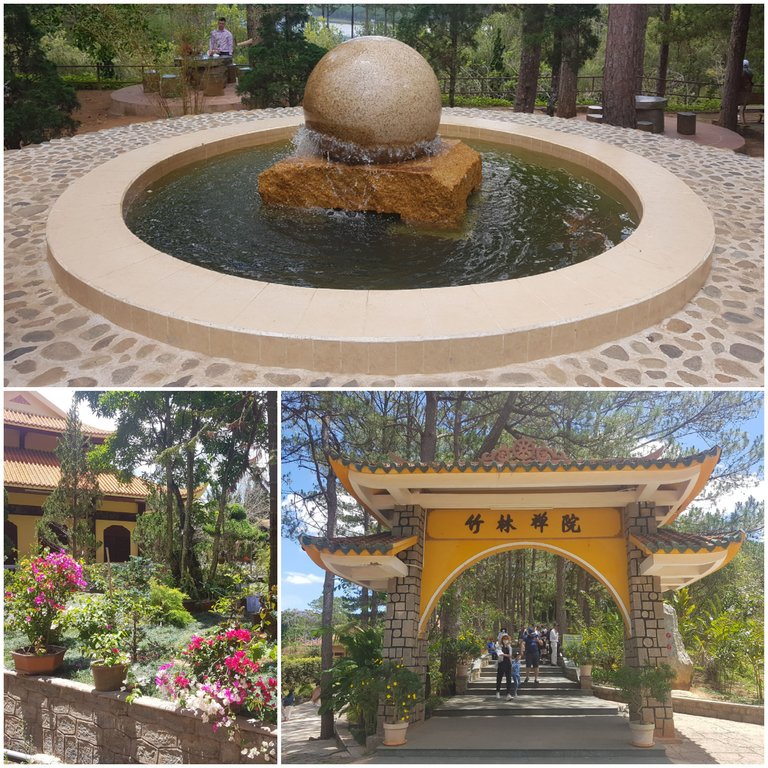
Two other smaller side roads on the left lead to the two sides, one leads around the lake with willow trees around the lake hanging down.
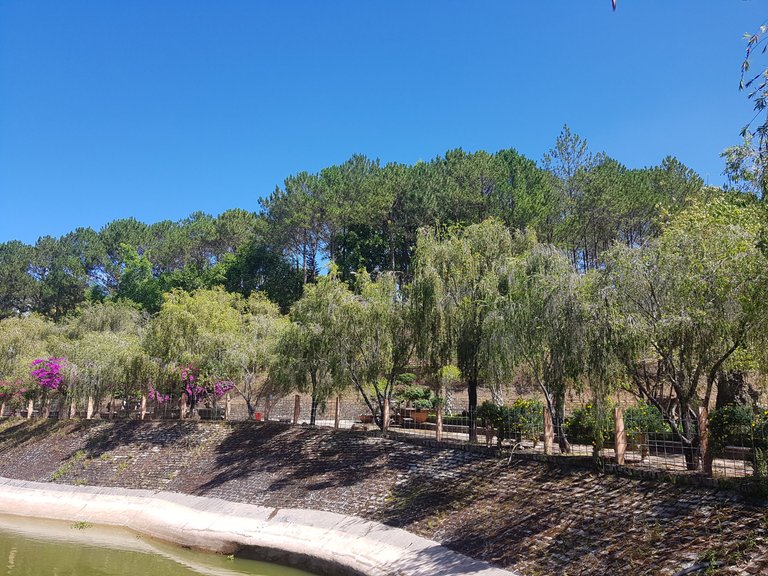

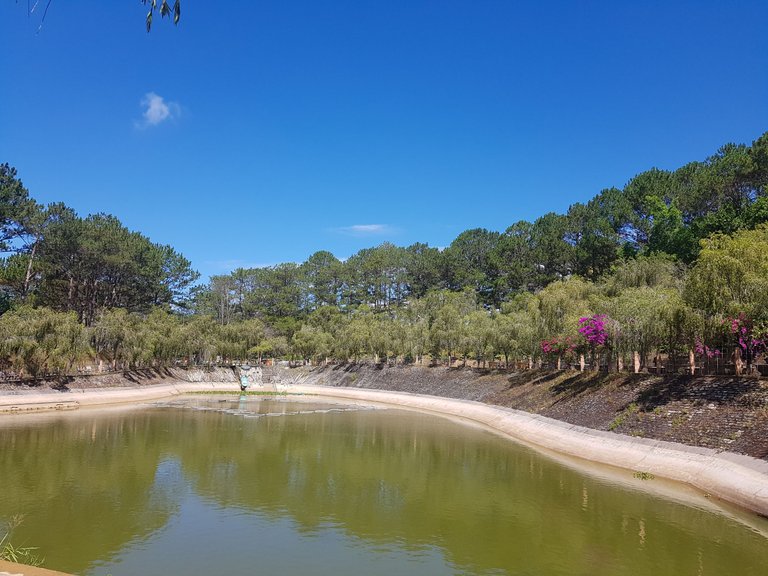
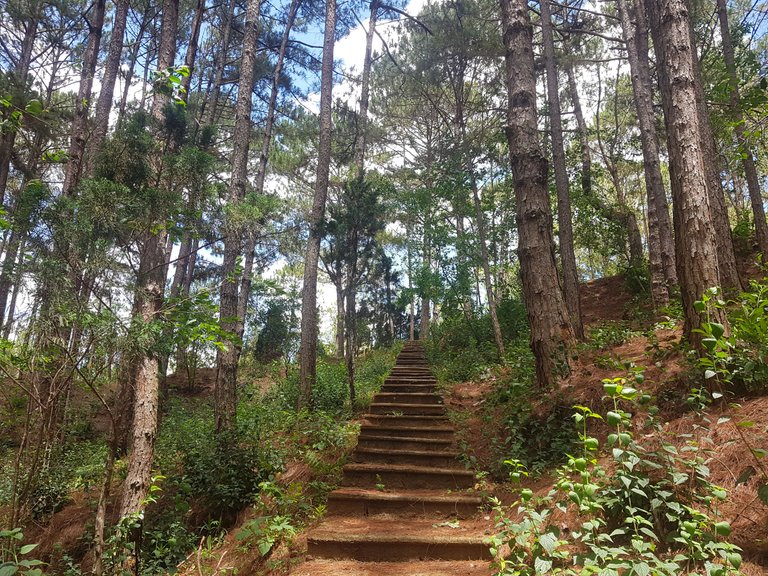
There are small paths leading down to the area of pine forest, bamboo forest, footpath down to the shore of Tuyen Lam lake at the foot of Phung Hoang mountain. They built small communal houses with tables and chairs offered by benefactors, for visitors to rest by its large campus.
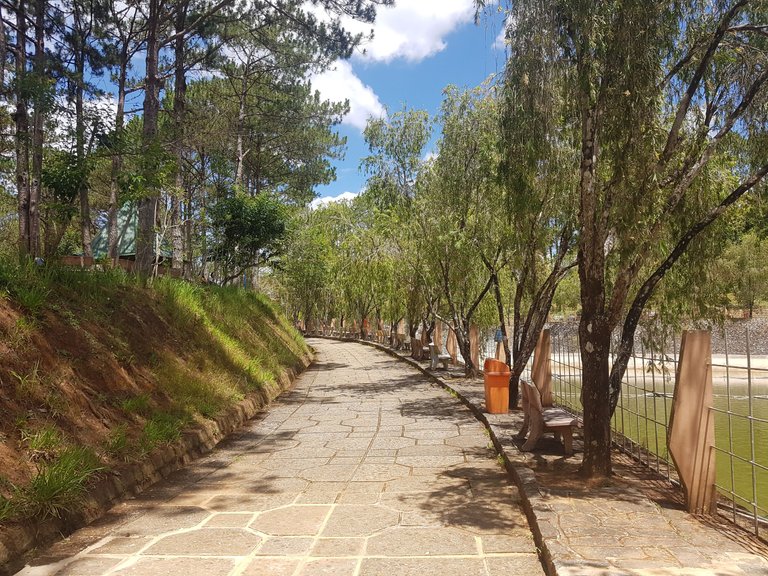
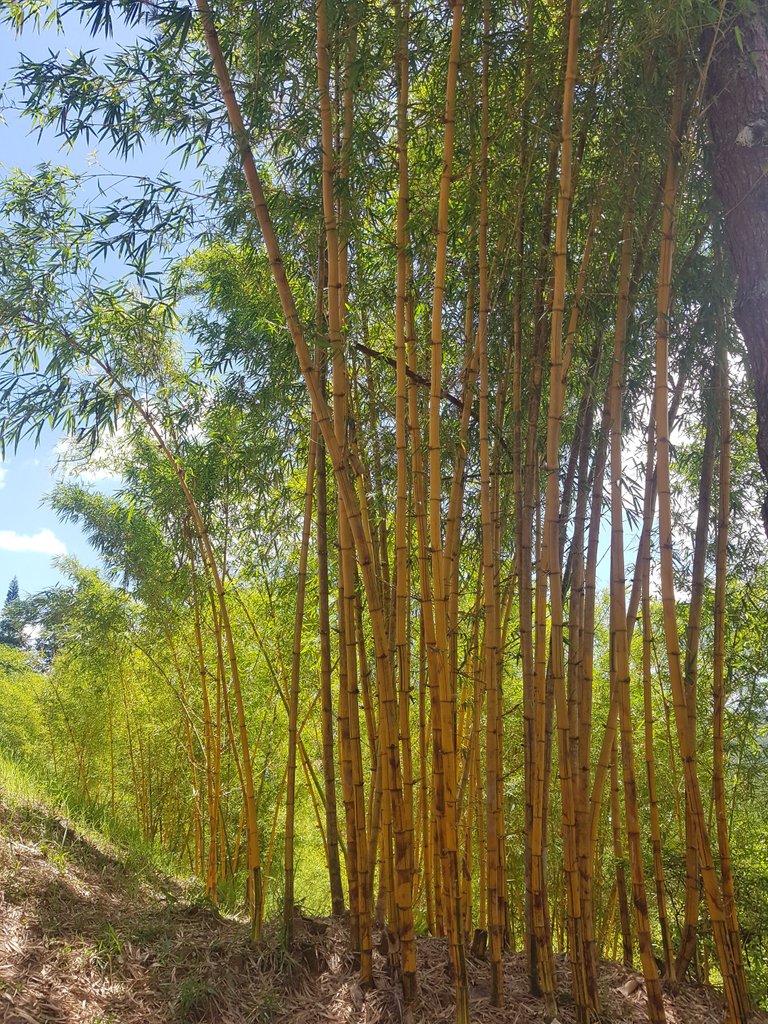
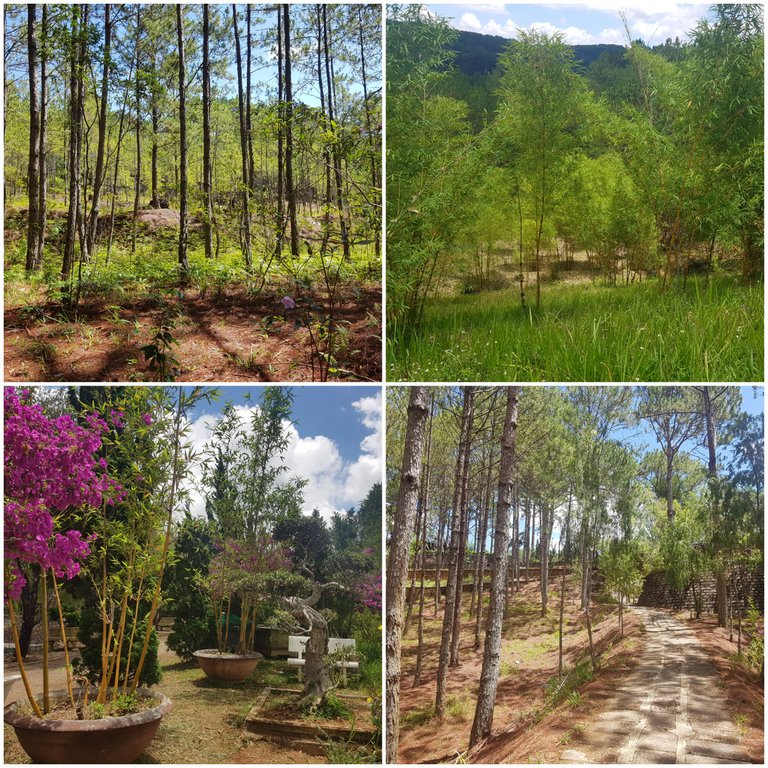
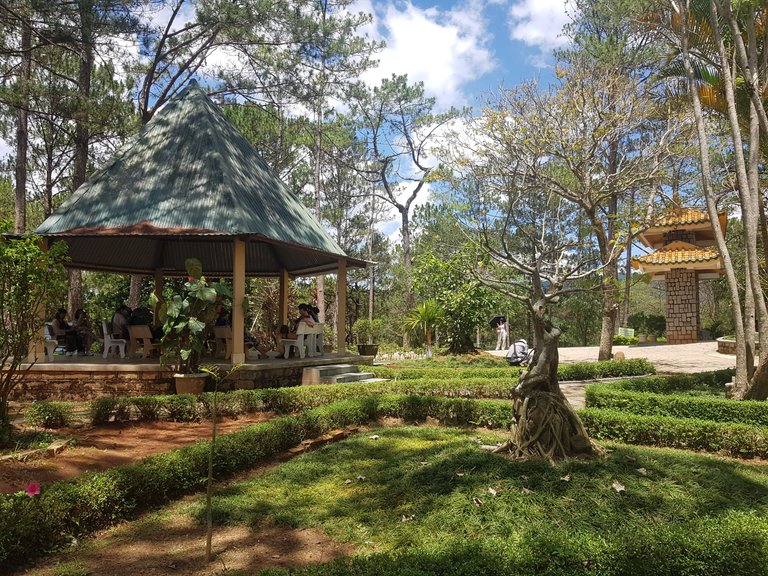
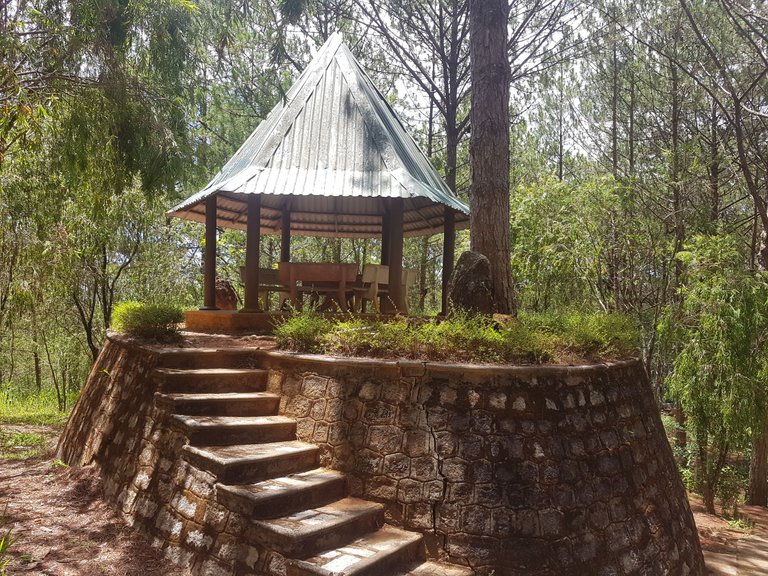
Another side road on the right leads up to the temple's flower garden, it is said that there are many kinds of precious flowers here, but there is no sign to provide information. So I can only look at them. Going through the flower garden, you will meet the inner courtyards for monks and nuns, the practice area for monks and devotees to practice meditation for a short time to stay.
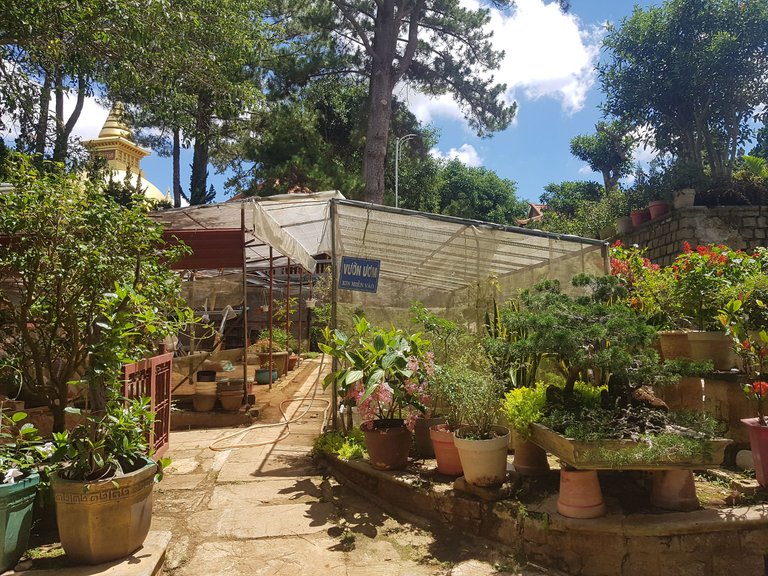
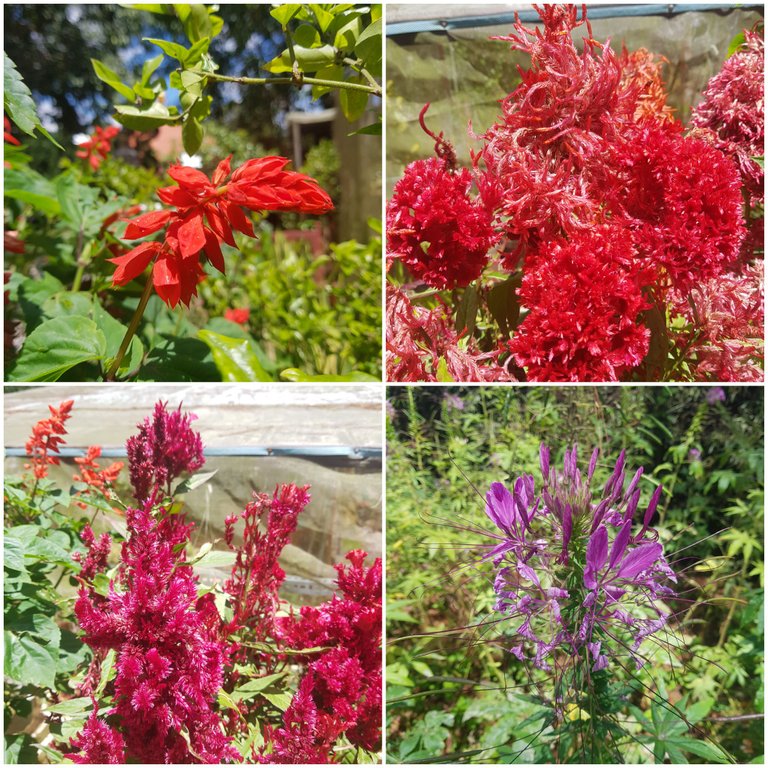
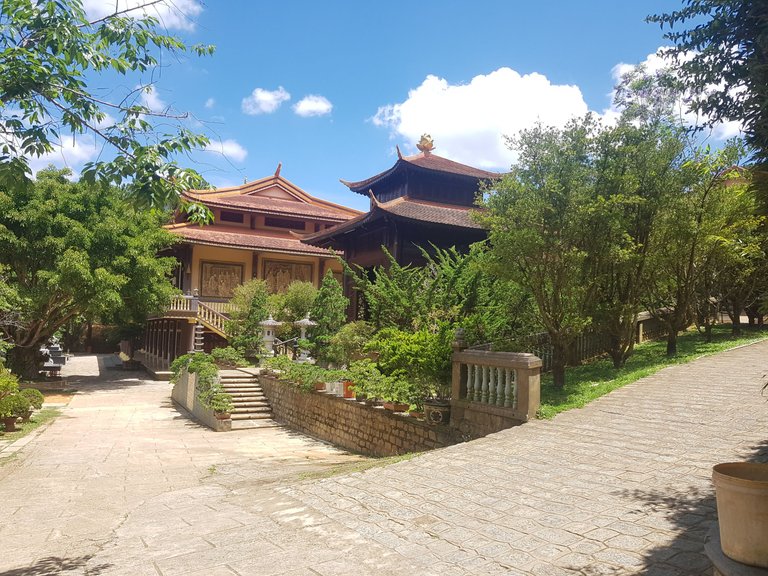
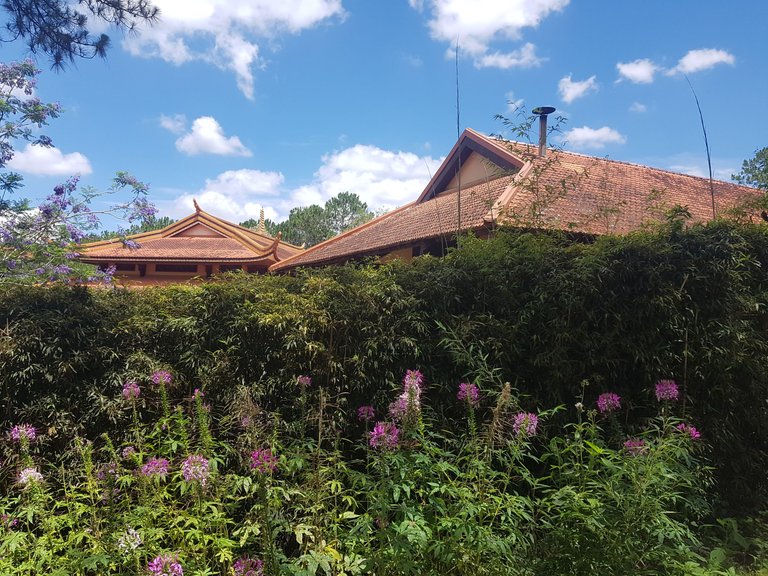
Of course we won't be allowed in without asking the abbot here. Views can only be made from the outside of the houses and the surrounding landscape. Of course, when you've gone sightseeing and come back, don't forget that there are religious souvenir shops in front of the main gate near the cable car station. A lot of sophisticated products of jade, stone, and wood for souvenirs.
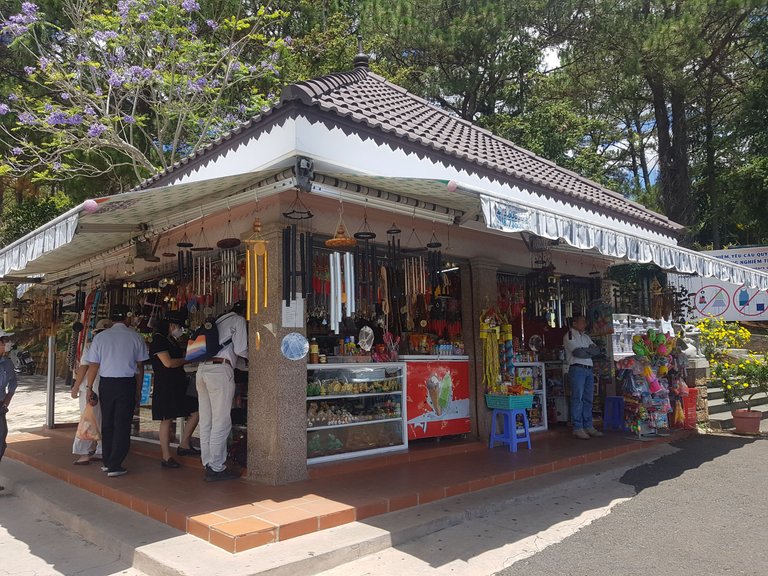
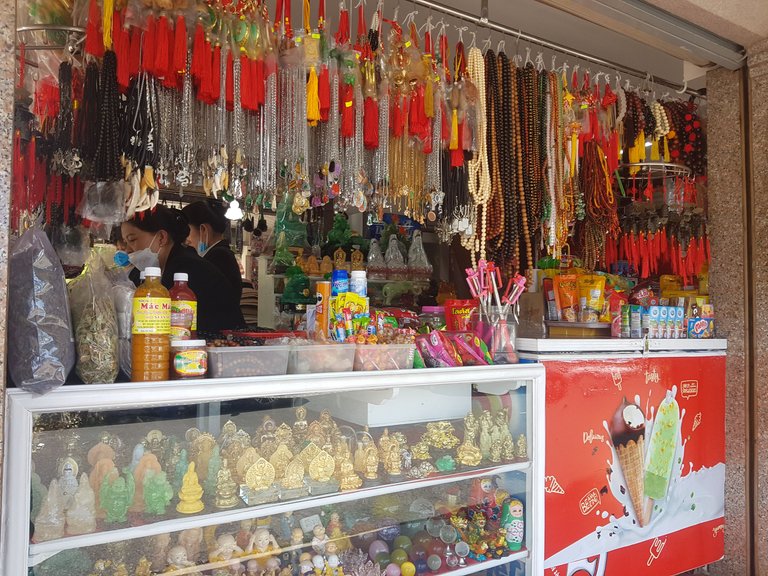
See you soon . Thanks




